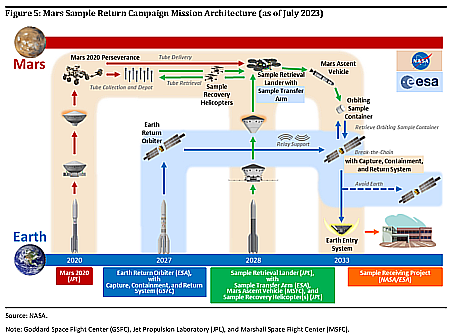January 7, 2025 Quick space links
Courtesy of BtB’s stringer Jay. This post is also an open thread. I welcome my readers to post any comments or additional links relating to any space issues, even if unrelated to the links below.
- Firefly provides a detailed overview of its Blue Ghost mission to land on the Moon
Launch is presently scheduled for 1 am (Eastern) on January 15, 2025 on a Falcon 9 rocket.
- On this day in 1998 Lunar Prospector was launched, the first American mission to the Moon since the Apollo days
It photographed Moon’s entire surface, with its most significant finding the possibility of water in permanently shadowed craters near the poles.
Courtesy of BtB’s stringer Jay. This post is also an open thread. I welcome my readers to post any comments or additional links relating to any space issues, even if unrelated to the links below.
- Firefly provides a detailed overview of its Blue Ghost mission to land on the Moon
Launch is presently scheduled for 1 am (Eastern) on January 15, 2025 on a Falcon 9 rocket.
- On this day in 1998 Lunar Prospector was launched, the first American mission to the Moon since the Apollo days
It photographed Moon’s entire surface, with its most significant finding the possibility of water in permanently shadowed craters near the poles.




